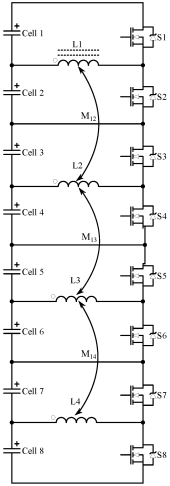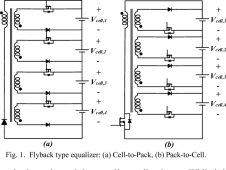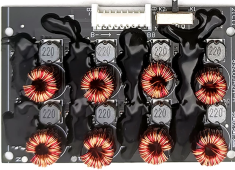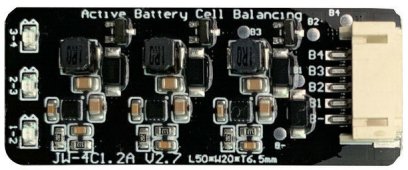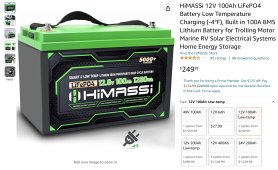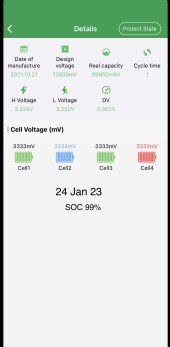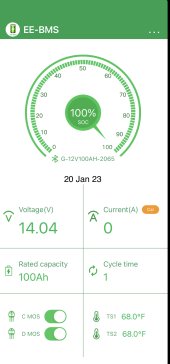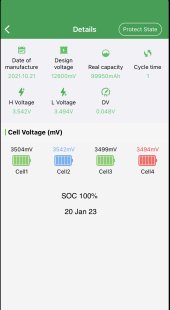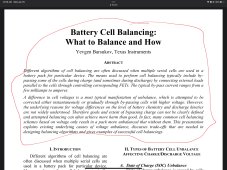Has anyone got long term experience with these transformer balancers. I’ve seen too many failures with capacitor based balancers to leave them connected to a pack full time.
One of my cell suppliers has developed a transformer based active balancer to improve the reliability aspect.
I’d be keen to hear from anyone that has been using one for more than 5 years.
Not more than five years, have a long term (rather slow) development project here that I have been working on for a fair while.
Its the second circuit (a) in the first post. Preliminary testing with only a couple of cells looks very encouraging.
I bought a whole bunch of Chinese mosfet gate driver chips that were complete duds for my thirty cell balancer, to work on over Christmas, and that has set me back.
An internet buddy (in a different state) is following progress closely, has made himself some boards to my design and seems pretty happy with how its all going with his sixteen large cells.
Still very early days for him too, but it sure shifts some serious power between larger cells, which was the whole purpose of the exercise.
The secret to all this is to have a very low impedance between cells, so that a relatively high current can be transferred where there is a very low voltage differential. Capacitor balancers are a complete waste of time, it requires MASSIVE capacitance to transfer even a piddling amount of charge where the potential difference between cells is down in the millivolt range.
A very low impedance transformer, for instance a single turn on a fairly large toroid with super thick wire can be made to have an extremely low impedance without any difficulty at all.
Looking at it as an engineer, its really the only thing that is likely to work with really large cells.
The commercial units are a not very funny joke, and the claims made for what they are selling is laughable from what I have seen.
Its far too early to present this as an open source home brew project, but its coming....
